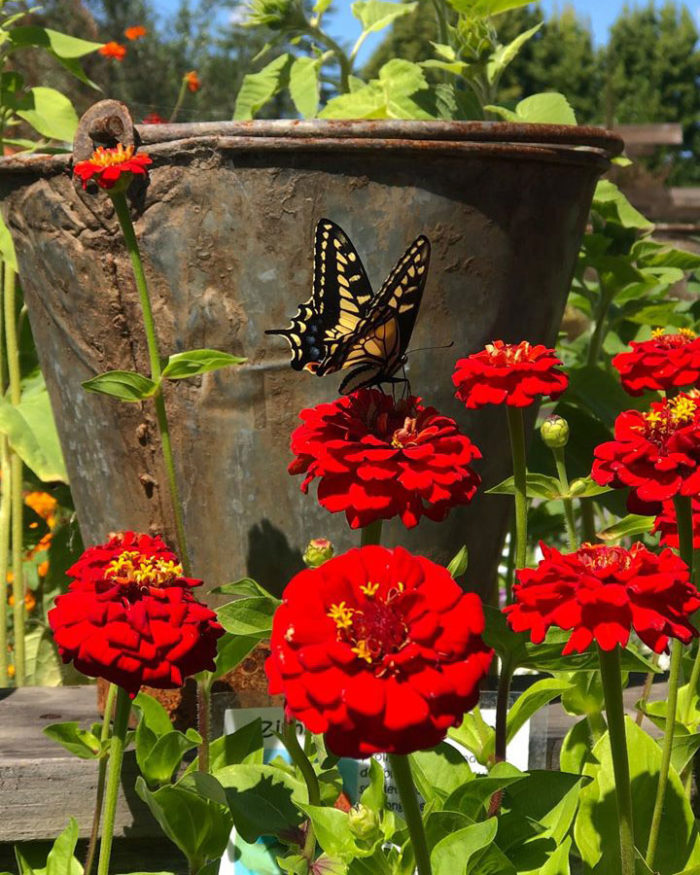
The true gardening year begins in earnest for most Northern California gardeners this month. The danger of frost is minimal, the air temperatures are reliably higher, and the soil is warming up. Many cool-season vegetable crops are still producing, and cool-season flowers still cheerfully bloom. But their season is winding down, and it’s time to make space for summer-blooming flowers and warm-weather vegetable starts!
In the ornamental garden

Disguise fading bulb foliage. Spring-blooming bulbs have faded, and though the foliage may appear unsightly, it’s doing a vital job, drawing nutrients down into the bulb for next year’s bloom. It’s important to leave the dying leaves intact, but they’re easily hidden by planting pretty, shallow-rooted annuals such as lobelia (Lobelia erinus) or sweet alyssum (Lobularia maritima).
Fertilize roses. By now, roses (Rosa spp. and cvs., Zones 3–9) have leafed out and budded up and are ready to get a boost of fertilizer to promote abundant, healthy blooms. At this point in the growing season, your roses benefit most from a fertilizer higher in phosphorus and potassium and lower in nitrogen. Mulch around the base of your rose with a can of slow-to-decompose alfalfa pellets (high in nitrogen) and your roses will thrive!
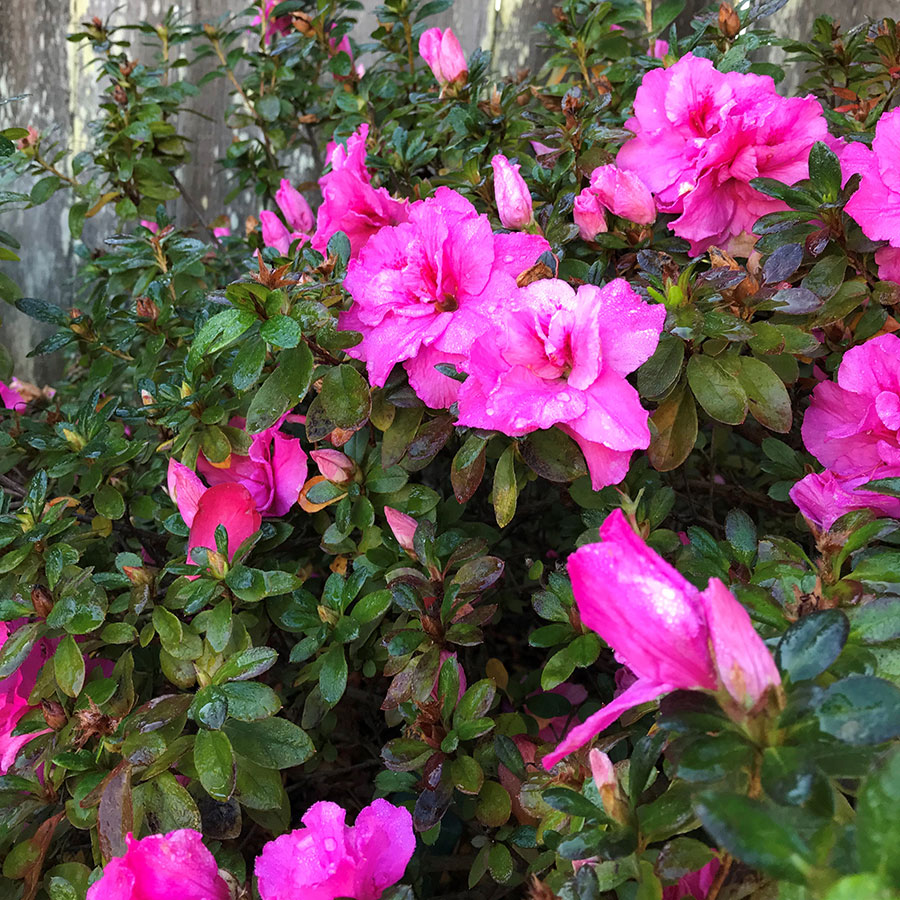
Fertilize and prune azaleas. Azaleas (Rhododendron spp. and cvs., Zones 4–9) have put on their amazing springtime show, and it’s time to tidy them up by removing spent blooms and to prune the shrubs back if needed. Feed now with an acid-based fertilizer (E. B. Stone Organics Azalea, Camellia & Gardenia Food is an excellent product) to ensure a repeat performance next spring. Pruning azaleas now allows them plenty of time to push new growth and produce flower buds for next year’s bloom cycle.
Add annuals to your beds. Summer-blooming annuals are plentiful in local nurseries now and will grow quickly and bloom profusely, adding color and beauty to sunny flower borders or brightening up shadier spots. Be sure to enrich your soil at planting time with good organic compost.
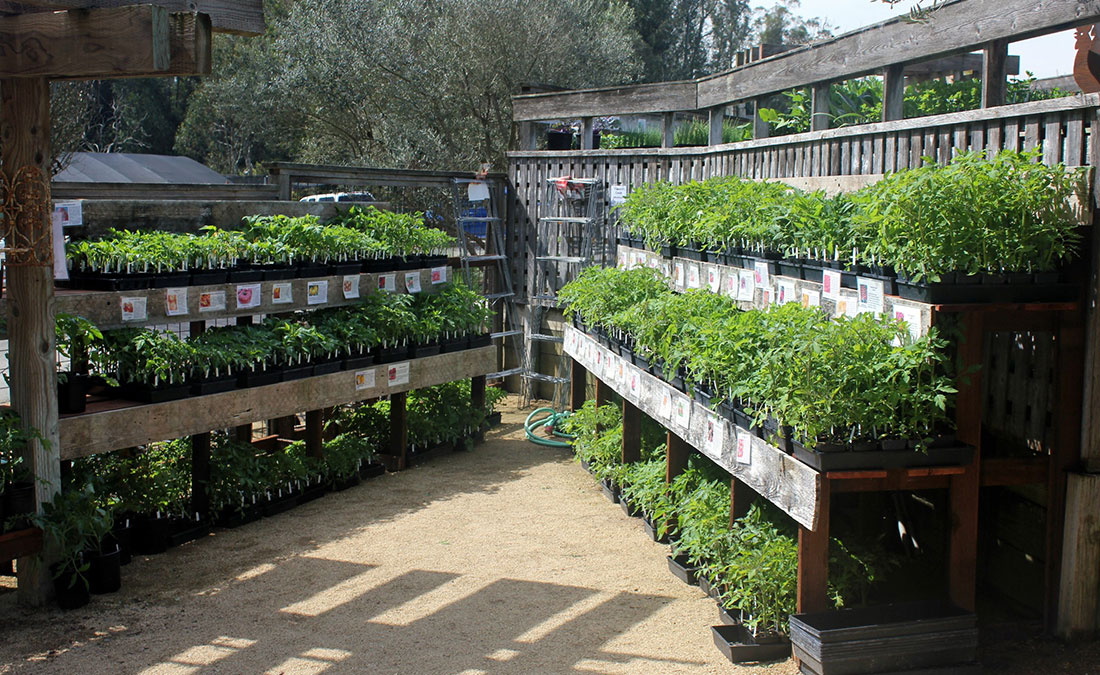
In the edible garden
Plant your veggie garden. By mid-month, it’s finally safe to plant your summer veggie garden. Plant your summer vegetables in a location receiving full sun for at least six hours, in nutrient-rich, well-amended, efficiently draining soil. Remove all weeds when preparing your veggie beds. Direct-sow seeds for beans, salad greens, carrots, corn, cucumbers, beets, radishes, and peas. Plant transplants for tomatoes, peppers, squash, melons, and eggplants.
It’s time to plant strawberries! Top your strawberry beds with 3 inches of rich, organic compost, adding worm castings and a good, all-purpose organic fertilizer for an extra nutrient boost, then dig this mixture in well before planting your berries. ‘Albion’ is a vigorous, healthy, ever-bearing variety that is an excellent choice for the beginner NorCal gardener. It produces abundant, beautiful, sweet, and tasty berries that are ideal for snacking or for adorning a delicious shortcake.
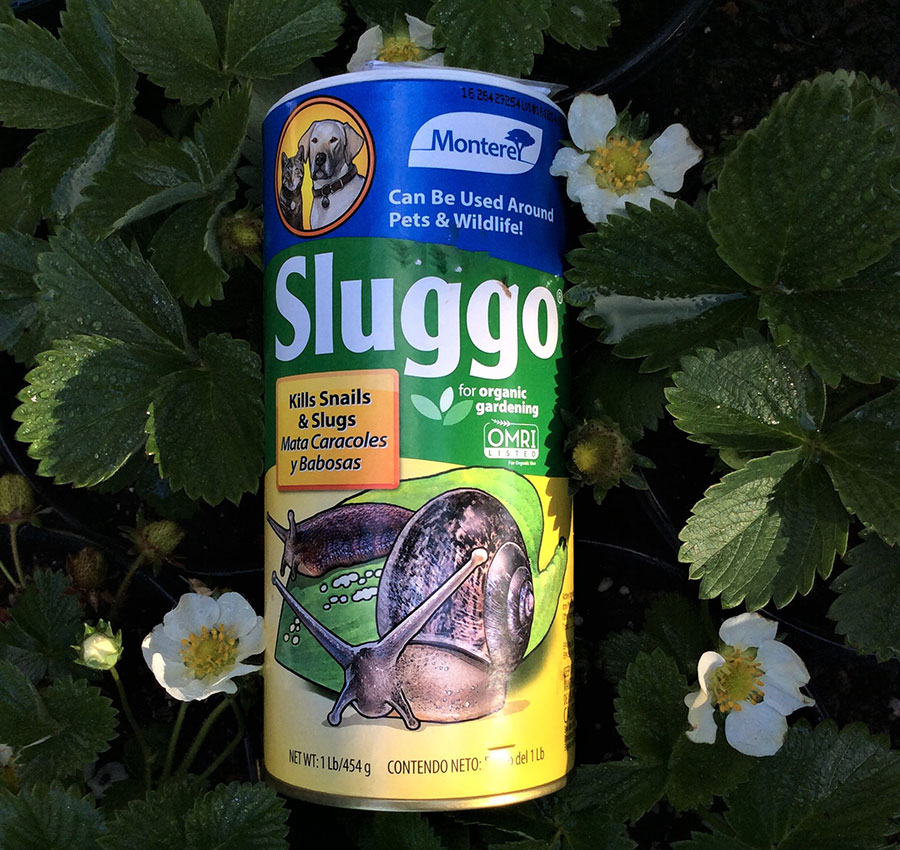
Pest patrol for edibles and ornamentals
Watch out for snails, slugs, and earwigs. All three of these pests can cause serious harm to young plants. Set out rolled-up newspapers or a length of PVC piping overnight to trap earwigs, collecting and disposing of them the following morning. Hand-pick slugs and snails early in the morning or late at night. If you prefer to use a bait that helps eliminate all of these voracious pests (and a couple more), Sluggo Plus is effective, environmentally friendly, and safe for everyone except for the pests listed on the label.
—Fionuala Campion is the owner and manager of Cottage Gardens of Petaluma in Petaluma, California.
Fine Gardening Recommended Products
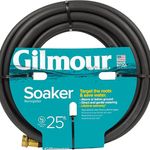
Gilmour 5/8" x 25' Round Weeper Soaker Hose
Fine Gardening receives a commission for items purchased through links on this site, including Amazon Associates and other affiliate advertising programs.

Corona® Multi-Purpose Metal Mini Garden Shovel
Fine Gardening receives a commission for items purchased through links on this site, including Amazon Associates and other affiliate advertising programs.

BLACK+DECKER 20V MAX* Cordless Chainsaw, 10-Inch, Tool Only (LCS1020B)
Fine Gardening receives a commission for items purchased through links on this site, including Amazon Associates and other affiliate advertising programs.



















Comments
Fairyland indeed! How lovely it must be to wander your paths and breathe in the fragrances. png to ico converter Should be a garden full of hummingbirds. Are there any? Thank you for taking the time to share.
Log in or create an account to post a comment.
Sign up Log in